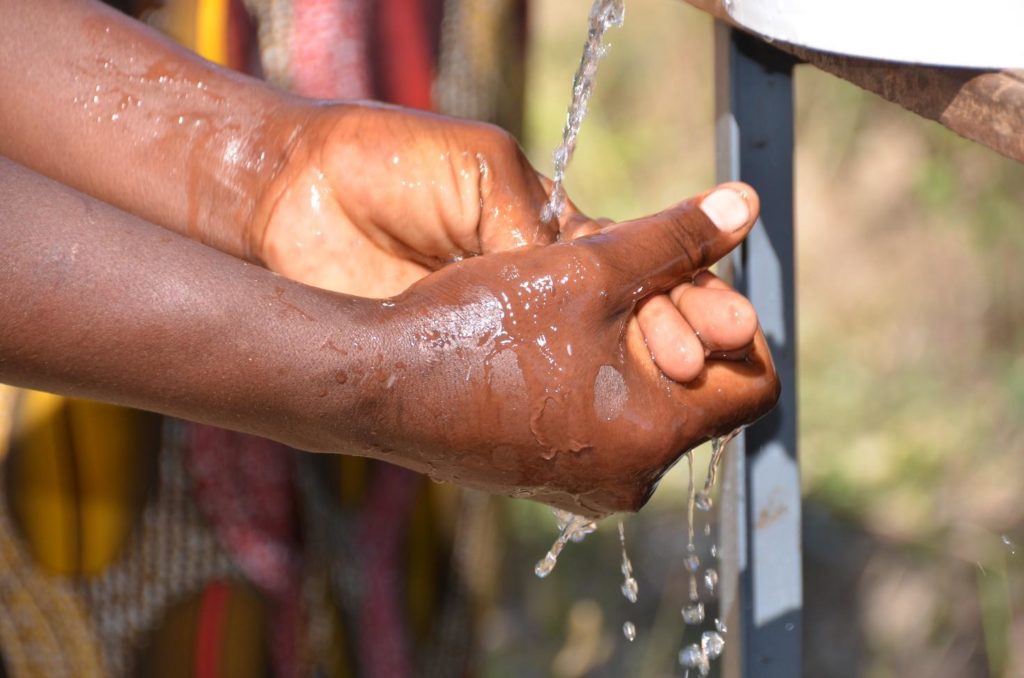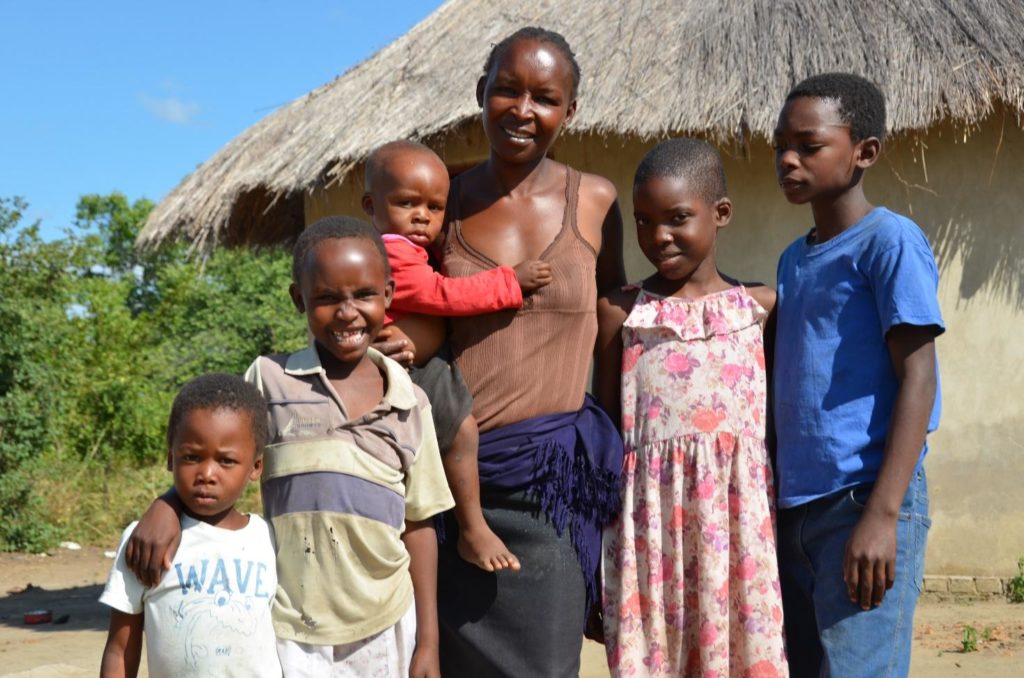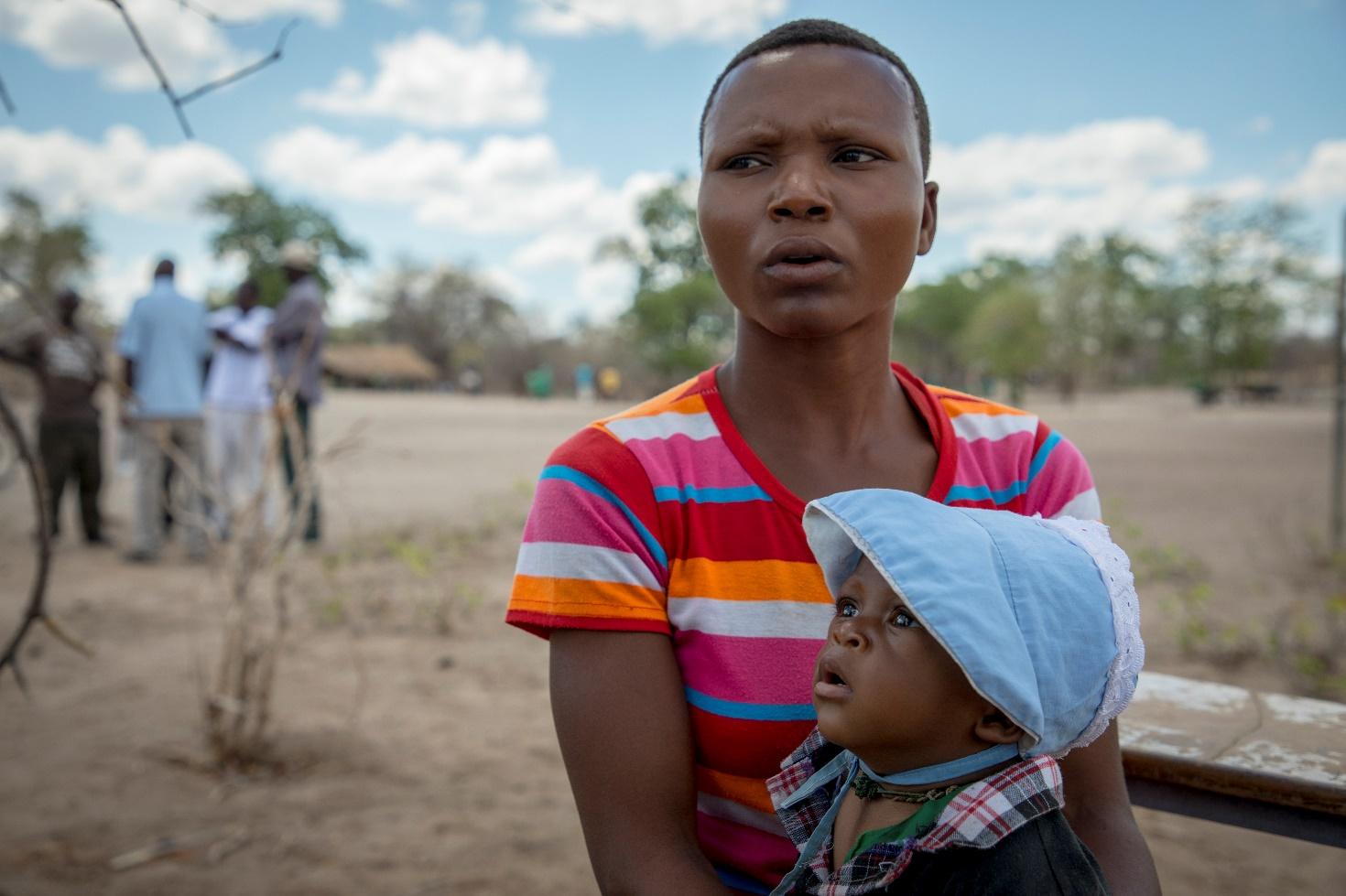At the first N4G Summit in 2013, 110 stakeholders committed to prevent at least 20 million children from being stunted – saving at least 1.7 million lives by 2020. These commitments deliver much-needed action on policy and financing commitments to the Sustainable Development Goal (SDG) 2—Ending Hunger in All its Forms—which is an underlying driver of 12 of the 17 SDGs. As we continue the Nutrition for Growth Year of Action, take a look at how pledges made during the N4G summits in London (2013) and Milan (2017), have brought about positive impacts on global nutrition.
Stunting is one of Zimbabwe’s main nutrition challenges, affecting boys and girls, particularly from impoverished households. Estimated at 27 percent nationally, there are vast geographic disparities that call for further concern.1 Cognizant that stunting is a detriment to good health and wellbeing, a hinderance to sustainable development and can be passed down from one generation to the next, Zimbabwe was among the first countries to join the Scaling Up Nutrition (SUN) Movement in 2011.
The country’s UN Network (UNN) was formalized in 2014, opening the door for more structured cooperation among the United Nations agencies. That same year, FAO, UNICEF, WFP and WHO decided to jointly tackle stunting in the rural Mutasa district, near the border with Mozambique. This district was chosen, along with three others, because it is one of the top ten districts with the highest number of stunted children,2 approximately 40 percent. The collaboration encompassed nutrition-specific and sensitive actions across programming areas, building on the comparative advantage of each agency. WHO provided technical expertise, and UNICEF supported direct nutrition interventions as well as water, sanitation and hygiene (WASH) improvements. FAO facilitated nutrition centers and agricultural assistance, and WFP focused on food security, behavior change communication and livelihoods. “Within this one district, we ended up having geographical convergence, but also a programmatic convergence,” explained Kudzai Mukudoka a UNICEF Nutrition Officer working in the country.

As a result, stunting levels decreased from 42 to 31 percent since the programme started in 2014.3 FAO Nutrition Officer and Food Safety Specialist, Delilah Takawira, was a part of this process. “If you look at Mutasa, we’ve really made an impact on minimum dietary diversity. This district is now ahead of the others, which I attribute to the joint programming work. We would like to do this in more districts and come up with a joint programme going forward to 2020.” The statistics are compelling; minimum dietary diversity increased from 6 to 39 percent (highest in the country) and the proportion of households with access to safe drinking water rose from 60 to 68 percent.4 Moreover, the statistically significant reduction of stunting was achieved in a relatively short time span.
Building on this success, the approach was scaled up to fifteen districts in 2016 and 32 in 2019 through the Multi-sectoral Community Based Model (MCBM) for food and nutrition security with a focus on stunting reduction. Under this model, government ministries, development partners, traditional leaders, civil society and the private sector meet monthly. Capacity development has been a core means for scale up, targeting ward-level food and nutrition committees and raising awareness about the importance of cohesive action at the community level. An additional feature of the program is hosting food fairs, with cooking demonstrations and talks on infant and young child feeding, which have helped bring technical nutrition issues down to a personal level.

Improved data management and action-oriented analytics have proved to be other enablers. As part of the UNN convergence, the Near Real Time Monitoring System was established in 2017, led by UNICEF which co-chairs the Network in Zimbabwe. All nutrition-related data are recorded with tablets at the ward level so stakeholders can swiftly take corrective action. Furthermore, UNN analytical tools, such as UN Nutrition Inventory and the Nutrition Stakeholder and Action Mapping identified gaps and overlaps, leading to additional joint efforts in Harare and other urban areas. The UNN-REACH Facilitator helped orchestrate these third-generation joint programming discussions, capitalizing on her extensive experience with the United Nations agencies and close contact with government to ensure a needs-based approach was employed. While tacit, the presence of a neutral UNN-REACH facilitator further helped to create an environment conducive to partnership for shared goals.
1Global Nutrition Report, Zimbabwe Country Profile. Available at https://globalnutritionreport.org/media/profiles/3.0.3/pdfs/zimbabwe.pdf.
2ZimVAC 2016
3Mutasa Media Kit, WFP, 2018
4National Nutrition Survey, WFP Baseline Study Mutasa, 2014.

